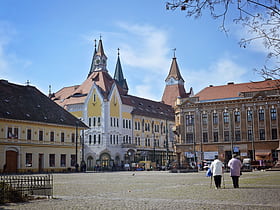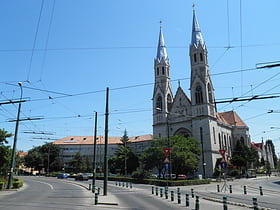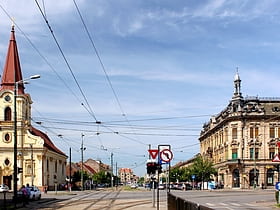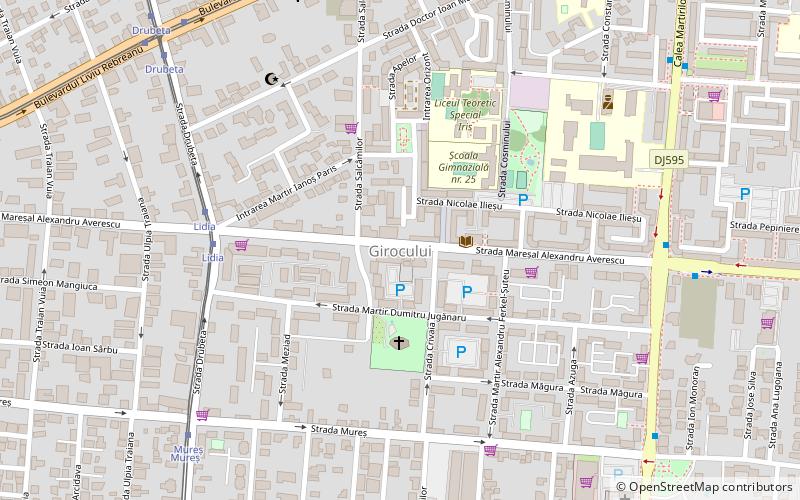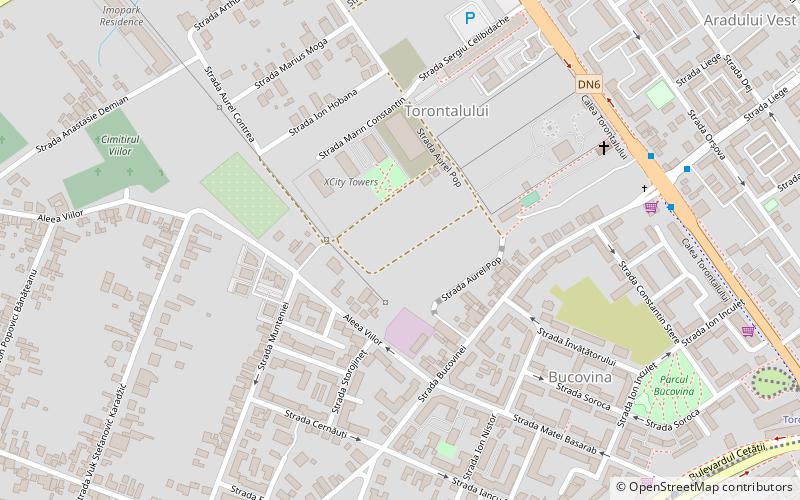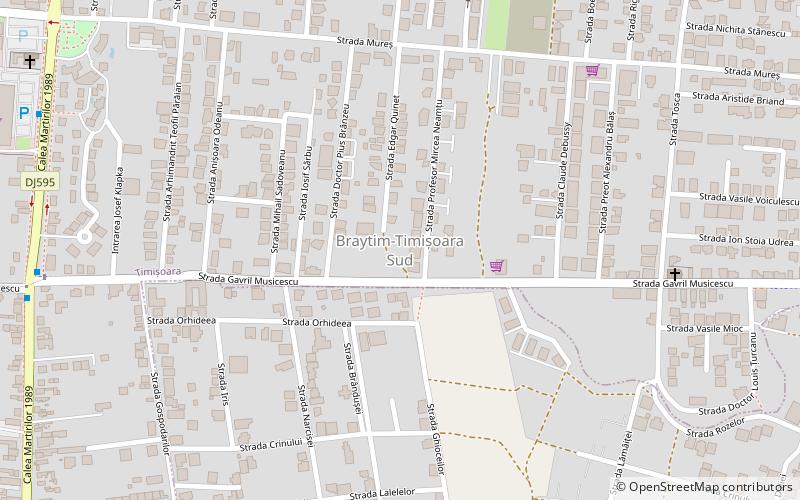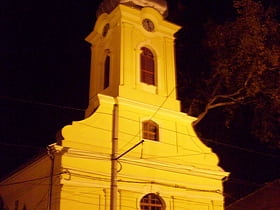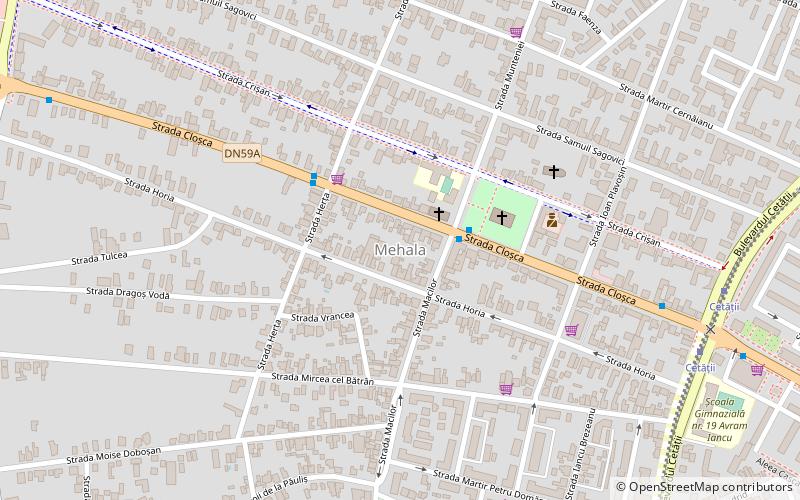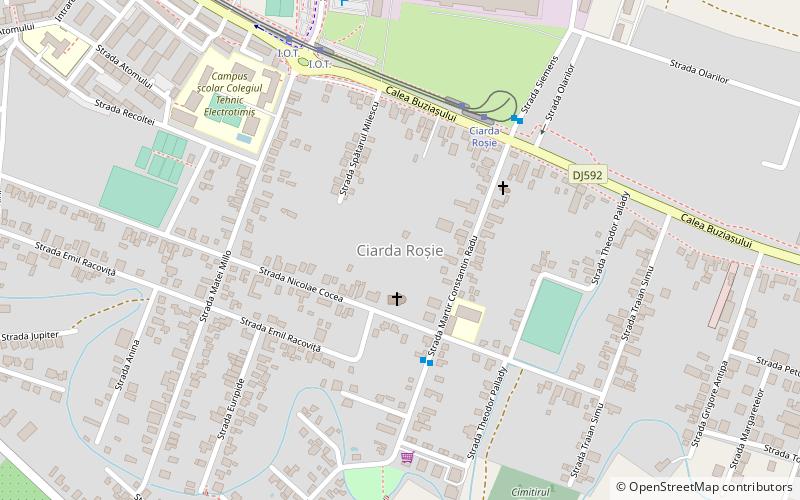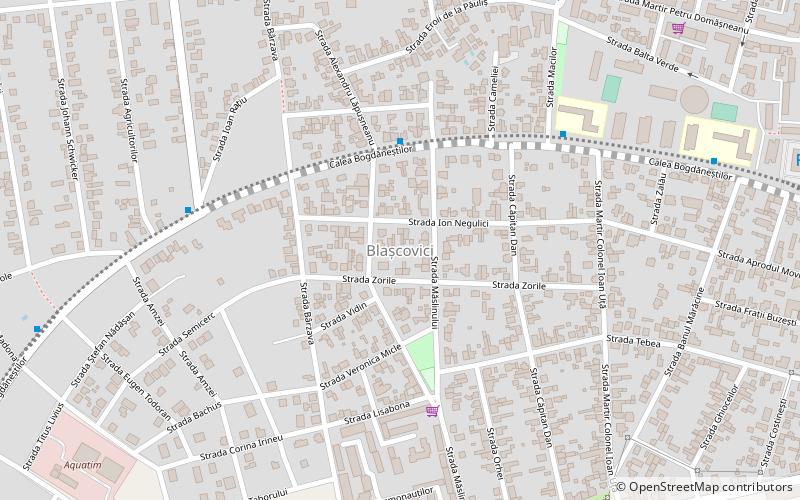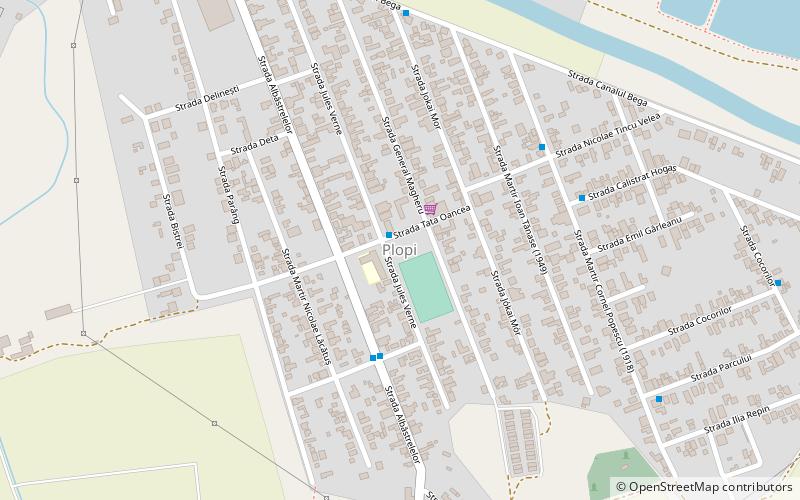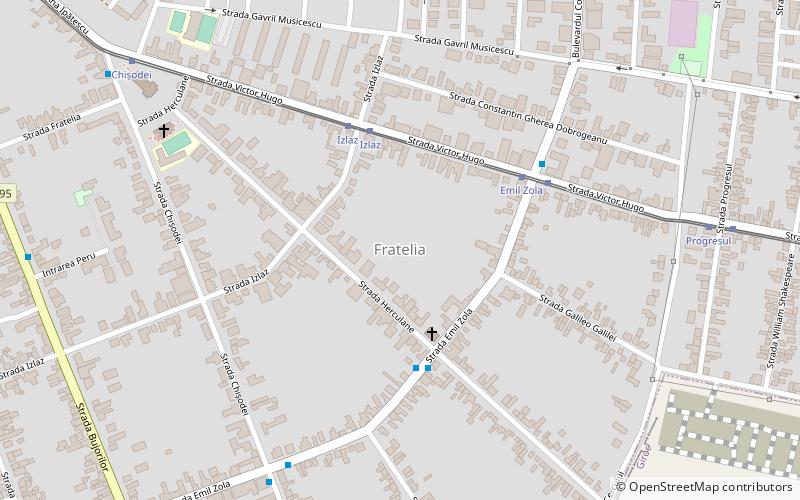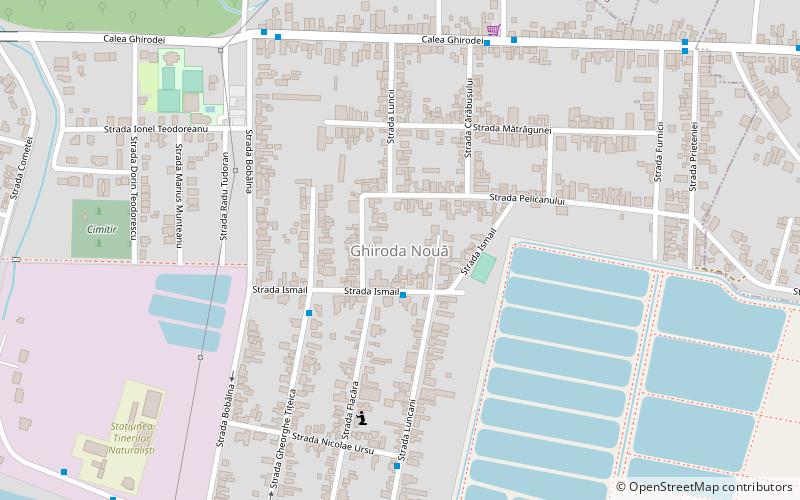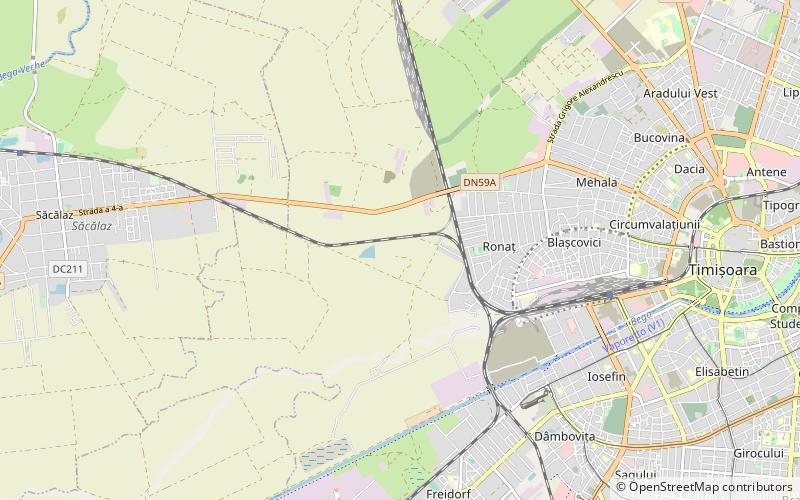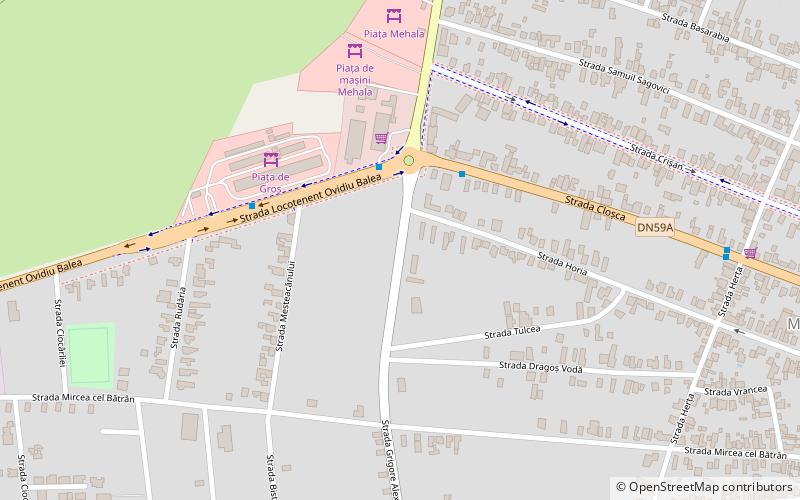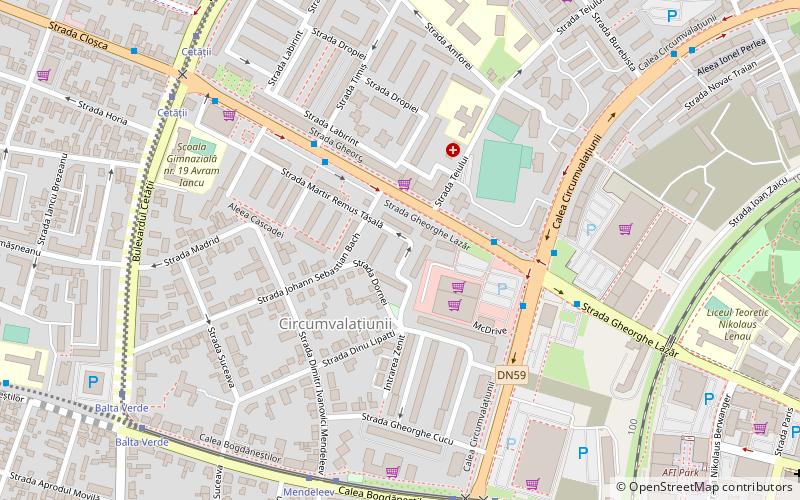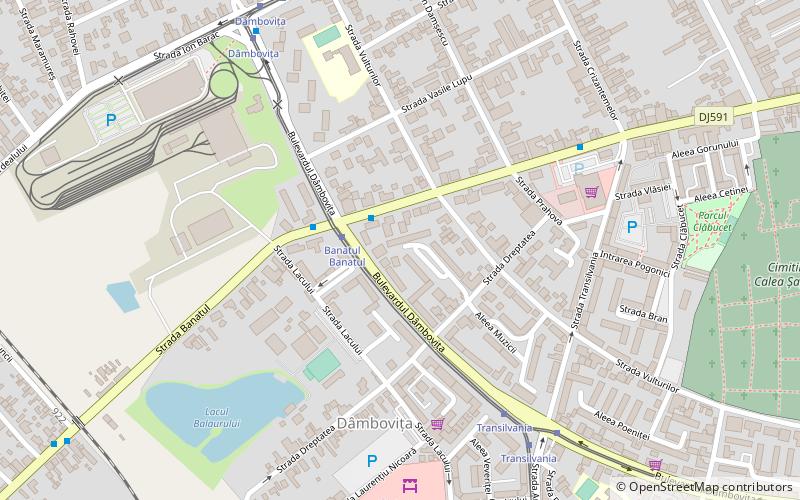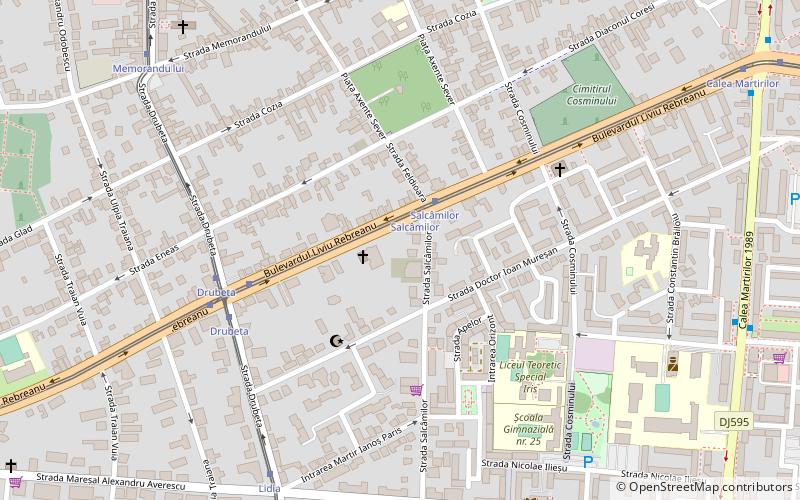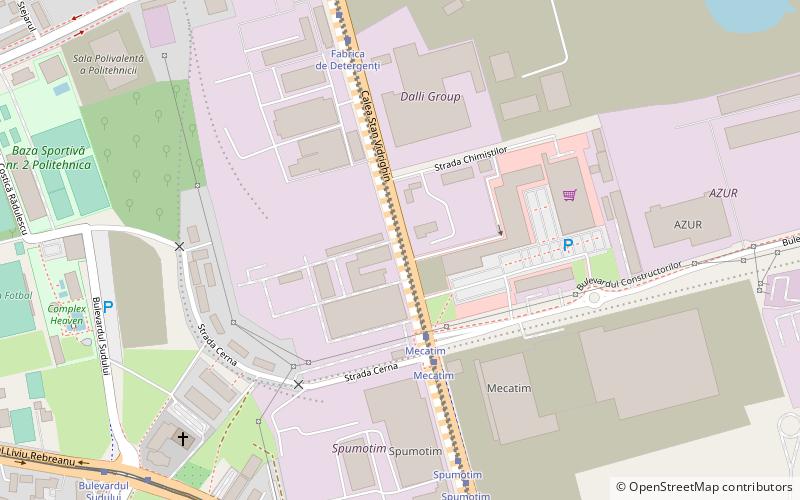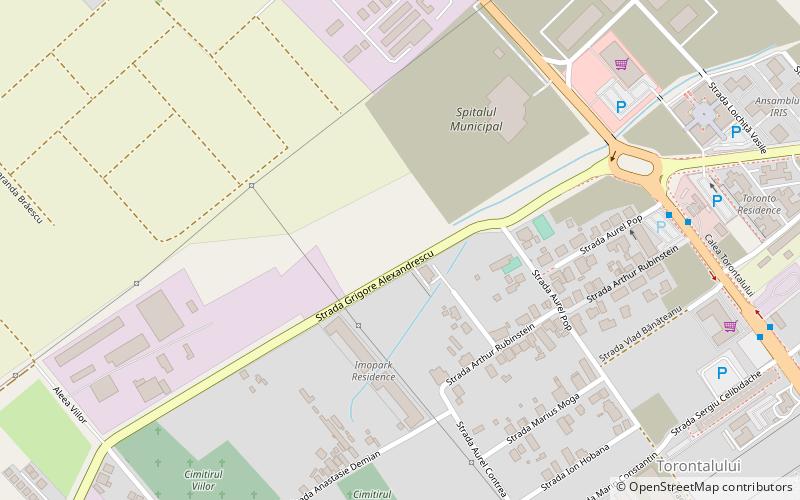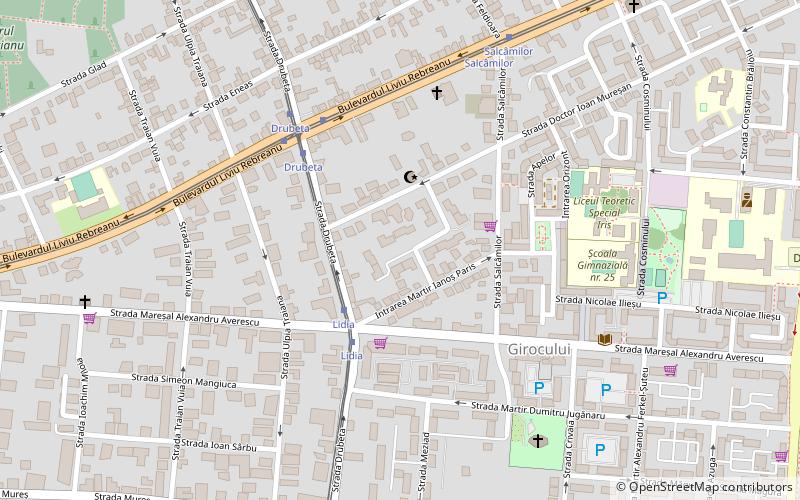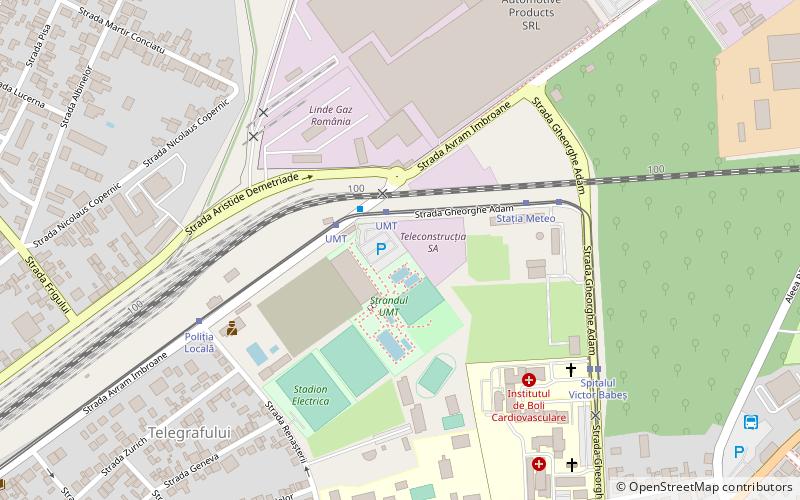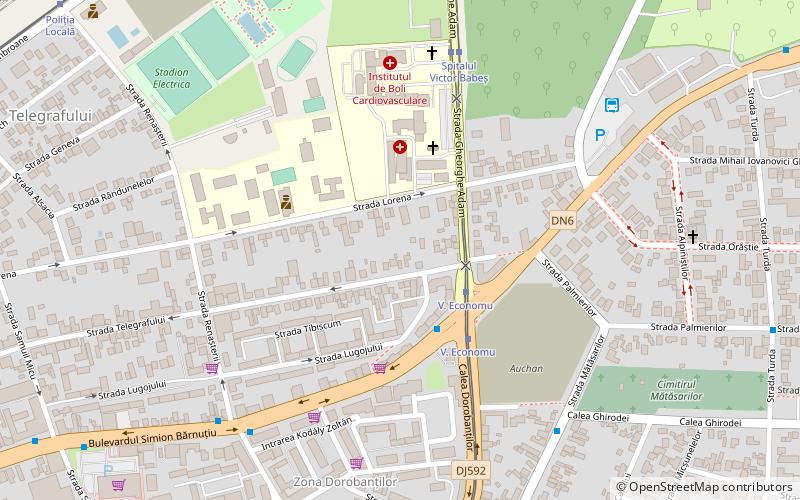Timișoara: Neighbourhood
Places and attractions in the Neighbourhood category
Categories
More categoriesFabric
Fabric is one of the oldest historic districts of Timișoara, Romania. Its name comes from the factories that were built here since its appearance in the 18th century.
Iosefin
Iosefin is a historic district of Timișoara. Its name comes from that of Emperor Joseph II, during whose reign it was founded. Unlike most of the other Timișoara districts, the historic Iosefin is not divided into further districts or residential areas.
Girocului
Girocului, also known as Martirilor, is a district in southern Timișoara. It was built between 1970 and 1985, as a consequence of the urban systematization carried out by the Communist Party, which aimed at increasing the population of Timișoara.
Torontalului
Torontalului is a district in northwestern Timișoara. Its name comes from the homonymous road that crosses it.
Braytim
Braytim is a district of Timișoara. It is located in the southern part of the city, being the first residential district built in Timișoara after 1989. Its name comes from the construction company that built the first houses here.
Freidorf
Freidorf was one of the first German settlements in Temes County in the Banat, Kingdom of Hungary. In 1920, it became part of Romania; since 1950 it is a district of the city of Timișoara.
Mehala
Mehala is a district of Timișoara. Mehala evolved from a slum-like village to a neighborhood of houses, villas and many gardens. It is one of the oldest satellite villages of Timișoara and was built in the higher part of the city, west of Palanca Mare. It officially became part of the city in 1910.
Ciarda Roșie
Ciarda Roșie is a district in southeastern Timișoara. In its beginnings, Ciarda Roșie was a Hungarian village that was formed in the interwar period around the Vörös Csárda inn; later, this name was assigned to the entire district.
Blașcovici
Blașcovici is a district of Timișoara. At the beginning of the 20th century, Blașcovici was a colony of Mehala. Before that, a wealthy family of Catholic priests lived here. It is said that they had a house somewhere near the former headquarters of the Traffic Police, from where, so far as Ronaț, the garden of their domain stretched.
Plopi
Plopi, formerly known as I. G. Duca, is a district of Timișoara, Romania. Before becoming a district of Timișoara, it was an independent settlement. It was annexed to Timișoara together with Ghiroda Nouă in 1949.
Fratelia
Fratelia, known until 1925 as Chișoda Nouă, is a district in southern Timișoara. Fratelia was in the past divided into two areas: Fratelia A, located towards Calea Șagului and Fratelia B, located towards Calea Martirilor.
Ghiroda Nouă
Ghiroda Nouă is a district of Timișoara, located in the eastern part of the city, north of the Bega Canal. Originally called Colonia Crișan, the area was populated around 1750, when there was a rice mill here. It was annexed to Timișoara in 1949.
Circumvalațiunii
Circumvalațiunii is a district of Timișoara. Its name comes from Calea Circumvalațiunii, one of the city's most important roads, which crosses it and is so named because it surrounds the historic center and the former fortress. Circumvalațiunii is one of the most expensive residential areas in Timișoara.
Tipografilor
Tipografilor is a district of Timișoara. It was developed on the vacant lands in the vicinity and inside the interwar villa district, in close relation with the location of the printing house that also gave the name of the current Take Ionescu Boulevard.
Șagului
Șagului is one of the largest and most populated districts of Timișoara. It is located in the southern part of the city, being crossed by the homonymous road that connects the city with Șag.
Soarelui
Soarelui is a district in southeastern Timișoara. It was built around 1985, being among the last working-class neighborhoods built by the communist regime in Timișoara. Before that year, there were no buildings on these lands, only agricultural plots or pastures.
Kuncz
Kuncz is a district in eastern Timișoara. Kuncz is a former estate of industrialist József Kuncz, who built several factories and barracks for workers here. Its rural appearance has been preserved over time. Kuncz is noted for its large Roma population.
Aradului
Aradului is a district of Timișoara. Its name comes from the homonymous road that connects Timișoara to Arad. Calea Aradului divides the district into two: Aradului Vest and Aradului Est. The University of Agricultural Sciences and Veterinary Medicine is located in this district.
Plăvăț
Plăvăț is a district of Timișoara. Built in the last years of communism, the district is named after Ștefan Plavăț, a communist activist and leader of a resistance group active in southwestern Romania during World War II.
UMT–Pădurea Verde
UMT–Pădurea Verde is a district of Timișoara located near the Green Forest and the former Timișoara Mechanical Plants.
Map

